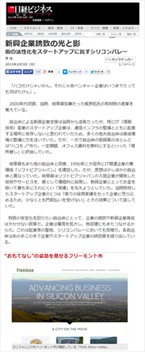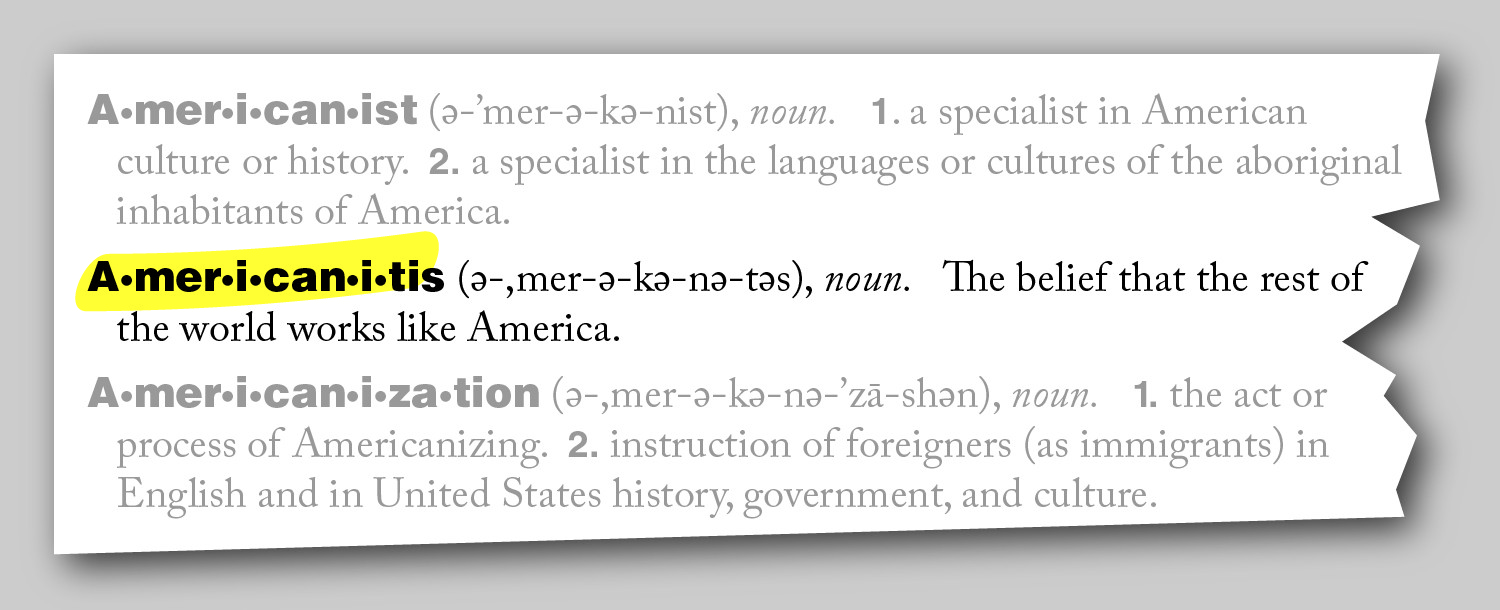Global PR is more than just the dots on a map.
The most important factor in the success or failure of an international PR campaign comes down to mentality. Two basic questions go a long way toward revealing the presence of a global mentality:
- Do the account team members collaborate in a way that leverages content and thinking across geographies?
- Do the account team members care about what happens outside their local markets?
Simple stuff.
Not so simple in executing.
In other PR agencies that scope each office as a P/L (profit/loss) center, office heads end up fighting over who gets what when it comes to global budgets. Because they’re rewarded based on individual office revenue, their actions and behavior are geared around maximizing their own office’s revenue.
That’s why we don’t structure each office with a P/L and why our senior leaders allocate global campaign budgets based on what’s in the best interest of the client. It doesn’t matter whether your global communication needs involve Asia, Europe, the United States or all three, we’ll design a program that delivers the best ROI possible working from a single budget.
Big-picture Mentality When It Comes to Global PR
Beyond structure, our global account teams have a big-picture mentality as opposed to fixating on their individual offices. Here’s a quick example of how this plays out in the real world.
A scientist from one of our U.S. clients was invited to speak at a conference in Seoul, Korea. The client asked if we could leverage his international trek for PR purposes. This fairly innocuous request would wreak havoc in a typical PR agency, triggering a negotiation along these lines:

* In Korea, the term used for “piddly” is “juikorimahnhahn” (or 쥐꼬리만한 for our Korean readers), which loosely translated means “small as a mouse’s tail.”
At this point, the conclusion depends on whether the U.S. office can work out some type of quid pro quo, sweeten the budget or escalate the issue. They probably end up exhausting more time than it would have taken to handle the project.
Now contrast this scenario with what actually happened in our model:

In short, no drama.
Another quick example that reflects our staff members always thinking beyond their corridors — this one involving our Japan team. Thanks to their strong relationships with local journalists, they learned that Nikkei Business would be traveling to the United States to write a series of articles about Silicon Valley. Knowing the U.S. team supports the City of Fremont – keep in mind Fremont isn’t a client in Japan – our Japan team put their U.S. counterparts in touch with the Nikkei journalist. This led to an interview and ultimately coverage.
Again, it’s a global mentality in each of our offices around the world that makes successes such as these happen.
The Top 10 Reasons Why American Companies Fail at International PR
Taking from these experiences – and borrowing from David Letterman – we’ve packaged our top-ten list on why companies fail at international PR:
No. 1: “Americanitis”

Some U.S. executives think that having a high profile in the domestic market guarantees a hero’s welcome when they land on foreign shores. After all, why shouldn’t the image they’ve spent years building in the United States magically cross the Atlantic and Pacific, conform to local societies, adapt to local market nuances and reach out to their targeted constituencies? Unfortunately, such an attitude leads to thinking that the same PR tactics and strategies that work so well in the United States can be thrown over the fence to be used in other countries.
No. 2: Lack of Resources and/or Budget
There’s a tendency to think that if the U.S. PR program runs $540K per year and the company’s U.S. revenue constitutes 60 percent of worldwide sales, then … if the foreign region accounts for 10 percent of the company’s revenue, the PR program for the year in the foreign region should be $90K, covering five or so major markets. It’s just not possible.
A more effective approach involves companies examining their business objectives and allocating PR budget based on supporting those business objectives. There’s no single funding formula for success.
No. 3: Spread Resources Too Thin
Related to the above, companies often find they don’t have resources and/or budget to effectively target all the markets in a given region. For example, a company might be focusing on China, Japan, Korea and Hong Kong, but the PR budget is only $200K. Instead of doing a good job in two of the markets, they spread their resources too thinly across the four target markets and don’t move the needle anywhere.
No. 4: Corporate HQ Control
Often, the funding for a PR program overseas comes out of the U.S. coffers. It stands to reason that the U.S. PR executive would want some involvement in the international PR activities and how the money is spent. Makes sense. But when the corporate HQ exercises strict control and approval over every overseas action, an incredible bureaucracy takes hold that strangles the international PR effort. Just the simple task of approving a news release can turn into a nightmarish saga as inputs ping-pong between HQ and the country office, exhausting everyone’s time.
No. 5: Inability to Localize Content
Localizing content goes far beyond the translation of materials. Look at the daily newspapers from Japan, the United States and Germany on any given day. The headlines will be different. Naturally, the business issues vary from country to country. Yet most companies aren’t willing to put in the time to localize the storytelling for each target country. The more effort a company puts into shaping the content to the specific characteristics of a particular market, the stronger the story becomes for the targeted audience.
No. 6: Treat Translation of Press Materials as an Administrative Task
A PR activity’s efforts can go down the drain if the translation of the press materials is not handled accurately. Years ago, we had a client situation in Korea in which the Korean word for merger was used instead of the Korean word for partnership. The client company was traded on NASDAQ, and all hell broke loose when the release went out incorrectly announcing a merger with a Korean company.
No. 7: Unrealistic Expectations
An American company enjoys a high profile and substantial market share in the United States, so it automatically expects the same type of profile in a foreign market. The reality is that the media doesn’t know the company or knows very little. Like any “new kid on the block,” the company needs to build its reputation through hard work and establishing new relationships.
No. 8: Conducting International PR Long Distance
Some companies consider flinging their news releases into foreign countries via news release distribution services as a form of international PR. Others purchase directories that list the local media – and in some cases, the names of publications’ reporters – in a given country. But the power of PR comes from the relationships with the local influencers, government officials and media as well as understanding the nuances of the local market. This can only be achieved with local feet on the street.
No. 9: Lack of Spokespeople
Often, companies operate what amounts to a sales office in an overseas market. The top executive in such an office focuses on sales. Deploying this person as a company spokesperson can be a challenge, since he or she is rewarded based on the quarter’s sales results, not brand building over the long term.
Leveraging executives from outside a given country often means sacrificing local market knowledge and extra translation work. For example, the following graphic details the effort in going back and forth between English and a second language.

No. 10: No Actions Behind the Words
“We’re committed to the local market.” Every company targeting a foreign market says these words, but some don’t take actions to support the statement. This is a bigger issue than PR. Companies should be looking for ways to become an asset to the local community and local economy. Obviously, it’s easier to build an image for a company that takes these steps. Furthermore, it doesn’t have to require a large investment in money and time. Instead, it’s more a symbol of respect for the local market.

Leave A Comment